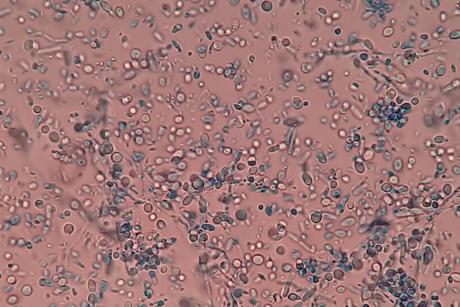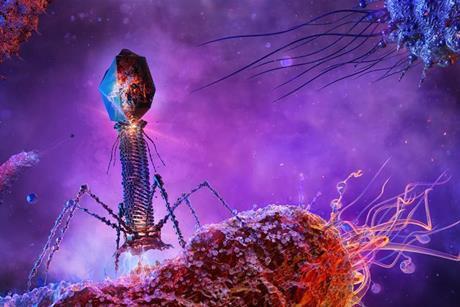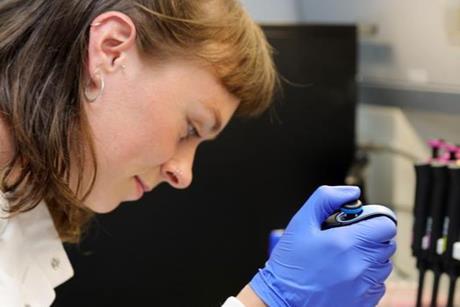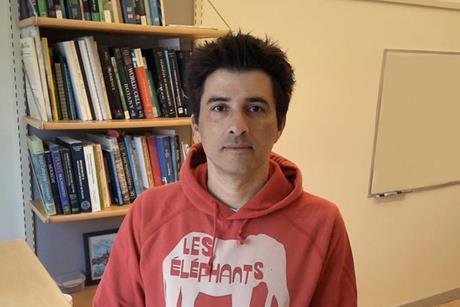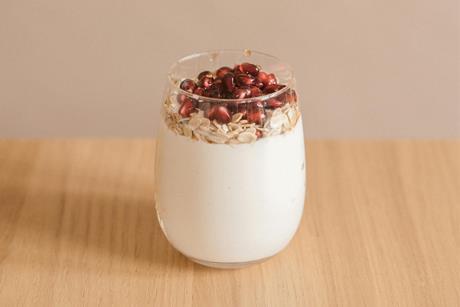Latest news
Broader antibiotic use could change the course of cholera outbreaks, research suggests
Disease modeling research suggests that, for some cholera outbreaks, prescribing antibiotics more aggressively could slow or stop the spread of the disease and even reduce the likelihood of antibiotic resistance.
National-level actions effective at tackling antibiotic resistance
National-level policies can reduce the impact of antibiotic resistance across diverse countries, according to a new study. The comparison of countries found that national action was consistently associated with improved indicators of antibiotic resistance.
Fungi dwelling on human skin may provide new antibiotics
Researchers have uncovered a molecule produced by yeast living on human skin that showed potent antimicrobial properties against a pathogen responsible for a half-million hospitalizations annually in the United States.
A hidden control center: How bacteria regulate their attack strategies
Researchers have discovered that a key bacterial protein, CsrA, gathers in a droplet-like structure inside cells to control when and how bacteria activate their disease-causing genes.
Human protein HSF2 helps wake up sleeping cancer-linked viruses
A new study demonstrates the ability of the human protein HSF2 to remodel the viral DNA to enable the transition from dormant viral latency to active lytic reactivation.
COVID-19 vaccinations are metabolically safe, research finds
New research confirms that multiple doses of COVID-19 vaccines do not cause significant metabolic changes, offering reassurance for those concerned about potential long-term side effects of vaccination.
Broader antibiotic use could change the course of cholera outbreaks, research suggests
Disease modeling research suggests that, for some cholera outbreaks, prescribing antibiotics more aggressively could slow or stop the spread of the disease and even reduce the likelihood of antibiotic resistance.
National-level actions effective at tackling antibiotic resistance
National-level policies can reduce the impact of antibiotic resistance across diverse countries, according to a new study. The comparison of countries found that national action was consistently associated with improved indicators of antibiotic resistance.
Fungi dwelling on human skin may provide new antibiotics
Researchers have uncovered a molecule produced by yeast living on human skin that showed potent antimicrobial properties against a pathogen responsible for a half-million hospitalizations annually in the United States.
Transatlantic collaboration to develop therapeutic for Crimean-Congo Hemorrhagic Fever
A new transatlantic collaboration will look to develop an affordable and accessible monoclonal antibody therapeutic for Crimean-Congo Hemorrhagic Fever Virus (CCHFV), which could treat and protect thousands of people globally.
AFYREN strengthens its Executive Committee with appointment of Laurent Pou as Industrial Director
AFYREN, a greentech company offering manufacturers biobased, low-carbon ingredients through a unique fermentation technology based on a circular model, has announced the appointment of Laurent Pou as Industrial Director.
Phage therapy at a crossroads: global experts gather for ground-breaking 2025 Congress
Global multidisciplinary experts and innovators convene for the 8th World Congress on Targeting Phage Therapy 2025 on June 10-11. This leading event is dedicated to the advancement of bacteriophage science and applications in multiple bioscience areas.
Scientists repurpose gene editing tool to help uncover hidden microbial diversity
Pioneering research has repurposed a gene editing tool to help shed light on the true biodiversity present in natural environments. The study could help pave the way for more productive soils and improved health.
Controlling starch levels in algae could have biotechnology and sustainability benefits
Researchers have found a new method to control starch storage in algae - a finding with potential applications in areas such reducing greenhouse gases. Modifying a blue light-activated signalling pathway makes it possible to regulate storage, they say.
No more copy-pasting: DNA base editing for better Lactobacillus strains
Scientists were able to edit the DNA of Lactobacillus strains directly without a template from other organisms. This technique is indistinguishable from natural variation and enabled them to create a strain that doesn’t produce diabetes-aggravating chemicals.
Global virus network issues urgent call to action to mitigate the rising threat of H5N1 avian influenza
The Global Virus Network (GVN) has issued a call-to-action, calling on world governments to address the threat of H5N1 avian influenza by enhancing surveillance, implementing biosecurity measures, and preparing for potential human-to-human transmission.
Updated recommendations to prevent infections through effective sterilization and high-level disinfection of reusable medical devices
New comprehensive guidance has been released in the US to help healthcare facilities prevent the transmission of infections through improved practices in sterilization and high-level disinfection (HLD) of reusable medical devices.
Success of agile COVID-19 pan-Canadian research network highlights how to tackle future pandemics
The operations of CoVaRR-Net, a national interdisciplinary research network initiated to study COVID-19 variants and enhance Canada’s preparedness for future pandemics, have concluded following the expiration of funding.








